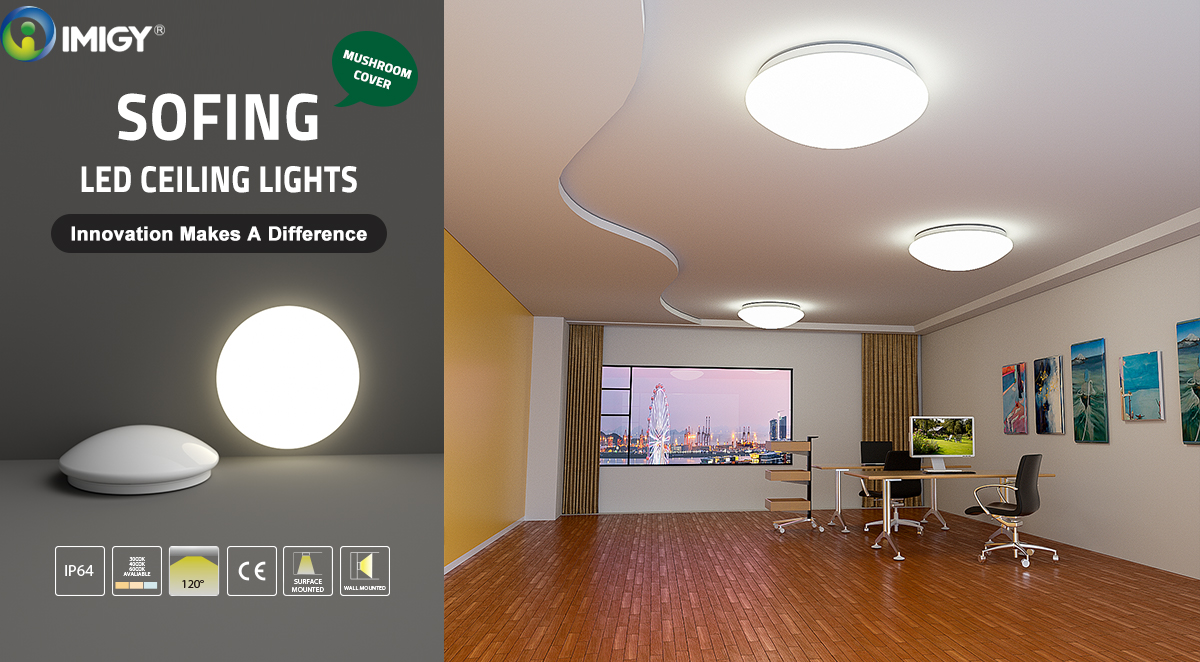

In contemporary architectural design, lighting is more than just a functional necessity; it is a powerful tool for enhancing aesthetics, creating ambiance, and defining spaces. Architectural ceiling LED design, particularly customizable linear lighting systems, offers a versatile and modern solution that can transform any space with its sleek, streamlined appearance and flexible configuration options. Whether you're designing a commercial space, a residential interior, or a public area, customizable linear LED lighting systems provide the perfect blend of functionality, aesthetics, and innovation. In this article, we will explore the benefits of architectural ceiling LED design, how customizable linear lighting systems work, and why they are an excellent choice for modern architectural projects.
Architectural ceiling LED design refers to the integration of LED lighting into the architectural elements of a space, particularly the ceiling. This type of lighting is designed to enhance the overall aesthetic and functionality of the area, creating a cohesive and visually appealing environment. Linear lighting systems, in particular, use elongated LED fixtures that can be customized to fit the specific needs and design vision of the project.
Modular Design: Linear LED lighting systems are often modular, allowing for flexible installation and customization. You can adjust the length, orientation, and layout of the fixtures to suit the dimensions and design of your space.
Brightness and Color Control: These systems offer adjustable brightness and color temperature options, enabling you to create the perfect ambiance for any setting. Some systems even support RGB color mixing for dynamic and colorful effects.
Energy Efficiency: LED technology is highly energy-efficient, consuming significantly less power compared to traditional lighting solutions. This not only reduces electricity costs but also contributes to a more sustainable environment.
Long Lifespan: LED lights have a long lifespan, often lasting up to 50,000 hours or more. This reduces the need for frequent replacements and maintenance, making them a cost-effective choice in the long run.
Customizable linear LED lighting systems add a modern and sophisticated touch to any space. Their sleek, linear design complements contemporary architectural styles, creating a seamless integration of form and function. Whether used for general illumination or as accent lighting, these systems can enhance the visual appeal of your space.
One of the primary advantages of linear LED lighting systems is their versatility. You can configure the fixtures in various ways to meet the specific needs of your project. This flexibility allows you to create unique lighting designs that highlight architectural features, define spaces, or create dynamic visual effects.
LED technology is renowned for its energy efficiency. Linear LED lighting systems consume significantly less power compared to traditional lighting solutions, resulting in lower electricity bills and reduced environmental impact. Additionally, the long lifespan of LED lights means fewer replacements and less waste over time.
Customizable linear LED lighting systems are designed for easy installation. Many systems come with pre-configured modules and mounting hardware, making the installation process straightforward. Additionally, the modular design allows for easy maintenance and replacement of individual components if needed.
Before selecting a linear LED lighting system, clearly define your design vision and objectives. Consider the overall aesthetic you want to achieve, the specific architectural features you want to highlight, and the functional requirements of the space.
Evaluate the dimensions and layout of the space to determine the appropriate length, orientation, and configuration of the linear lighting fixtures. Consider factors such as ceiling height, room size, and the presence of other architectural elements.
Select the color temperature and brightness level that best suits your design vision and the intended use of the space. For general illumination, a neutral white light (around 4000K) is often recommended, while warmer tones (around 3000K) can create a more inviting and cozy atmosphere.
Some linear LED lighting systems offer additional features such as dimming capabilities, RGB color mixing, and smart controls. Consider whether these features align with your design vision and budget, and choose a system that offers the right balance of functionality and cost.
Plan the placement of your linear LED fixtures carefully to ensure optimal illumination and visual impact. Use the modular design to create a layout that complements the architectural features of the space and meets your design objectives.
While linear LED lighting systems are designed for ease of installation, hiring a professional electrician is highly recommended. Proper installation ensures safety, compliance with electrical codes, and optimal performance of the lighting system.
Regular cleaning is essential to maintain the performance and longevity of your linear LED fixtures. Use a soft, dry cloth to wipe the surface of the fixtures. Avoid using harsh chemicals or abrasive materials that could damage the protective seals.
Periodically inspect the lighting system for any signs of damage or wear. Check the connections and hardware to ensure they are secure and functioning properly. Address any issues promptly to prevent potential electrical hazards.
Yes, customizable linear LED lighting systems can be used in outdoor settings, provided they are designed for outdoor use and have the appropriate weatherproof rating. Many systems come with IP ratings that make them suitable for outdoor applications, such as patios, gardens, or commercial outdoor areas.
To clean customizable linear LED lighting systems, use a soft, dry cloth to gently wipe the surface. Avoid using harsh chemicals or abrasive materials that could damage the protective seals. If necessary, you can use a mild detergent mixed with water, but make sure to dry the fixtures thoroughly afterward.
LED lights offer several benefits for architectural design. They are highly energy-efficient, have a long lifespan, and produce very little heat. Additionally, LED lights are available in a wide range of color temperatures and brightness levels, making it easy to achieve the desired ambiance. The ability to dim and adjust the lighting also enhances comfort and functionality.

It is recommended that you upgrade the latest browser
 Chrome
Chrome Firefox
Firefox Edge
Edge